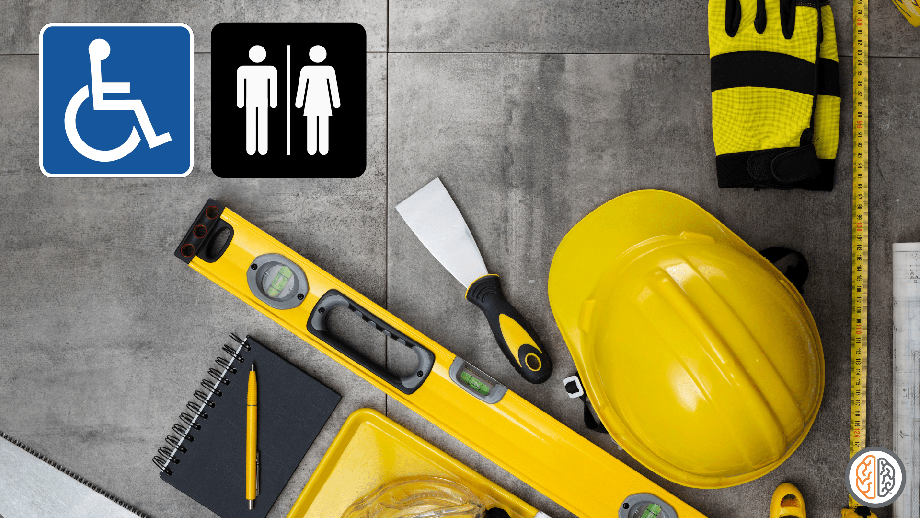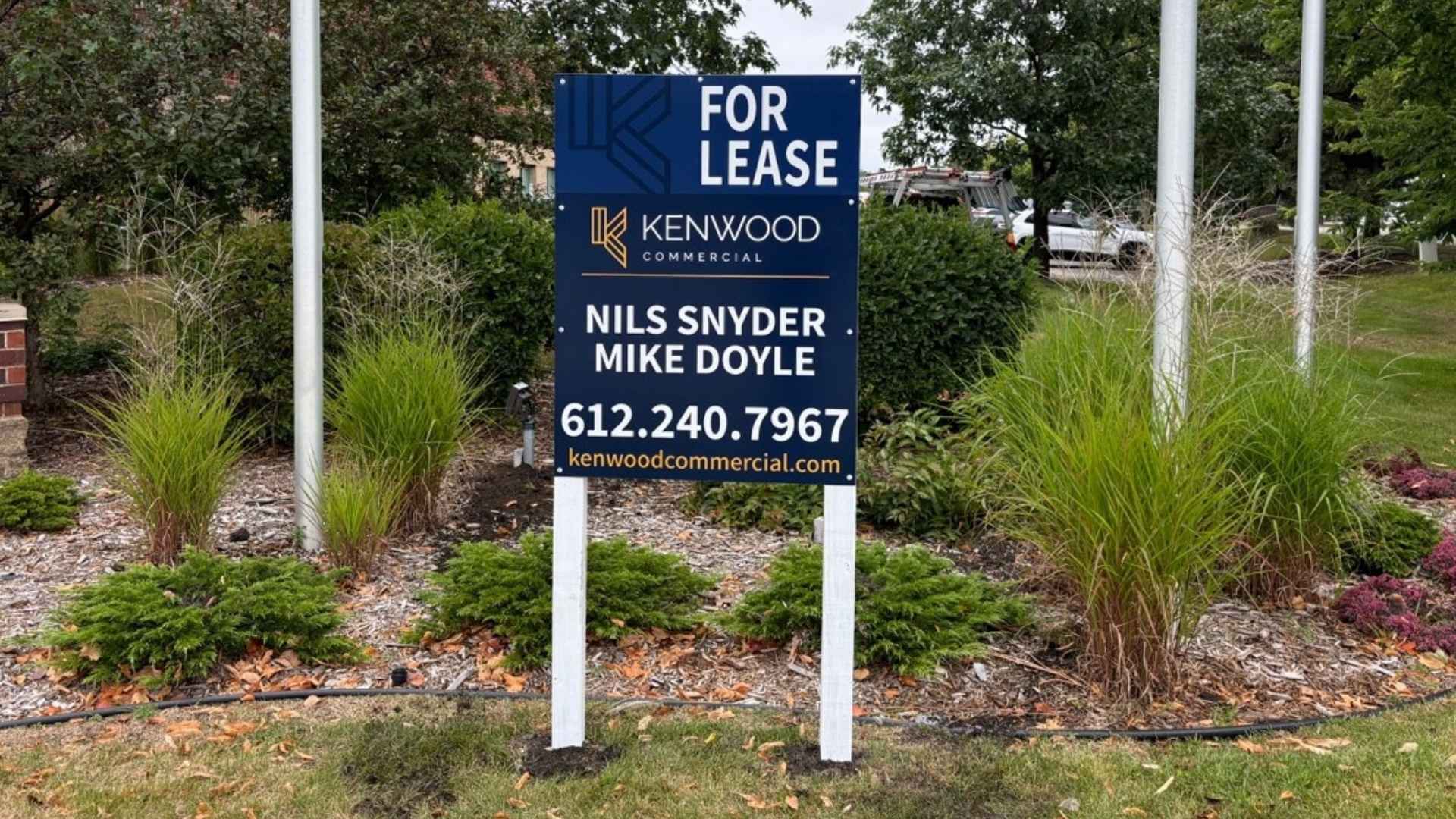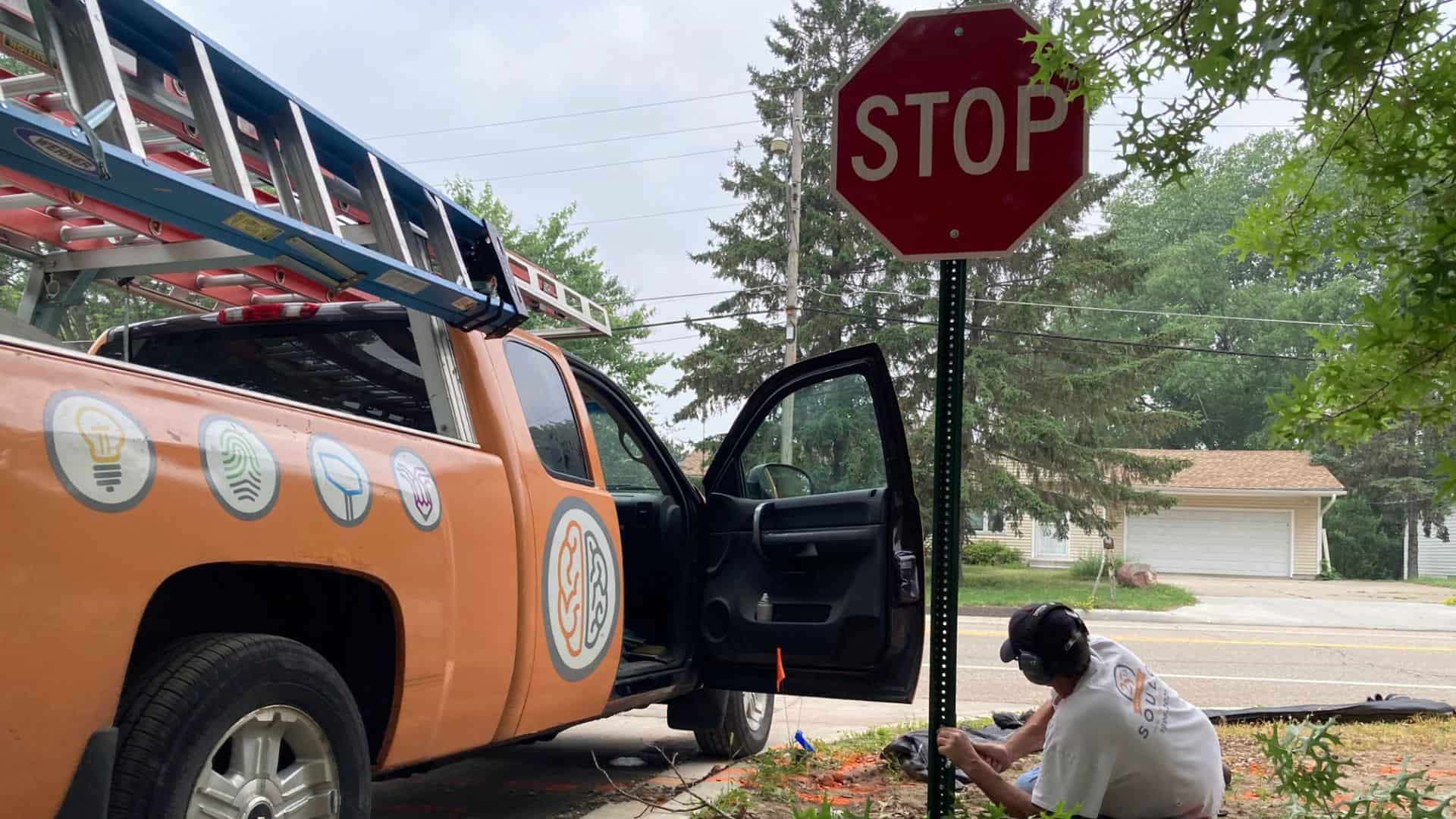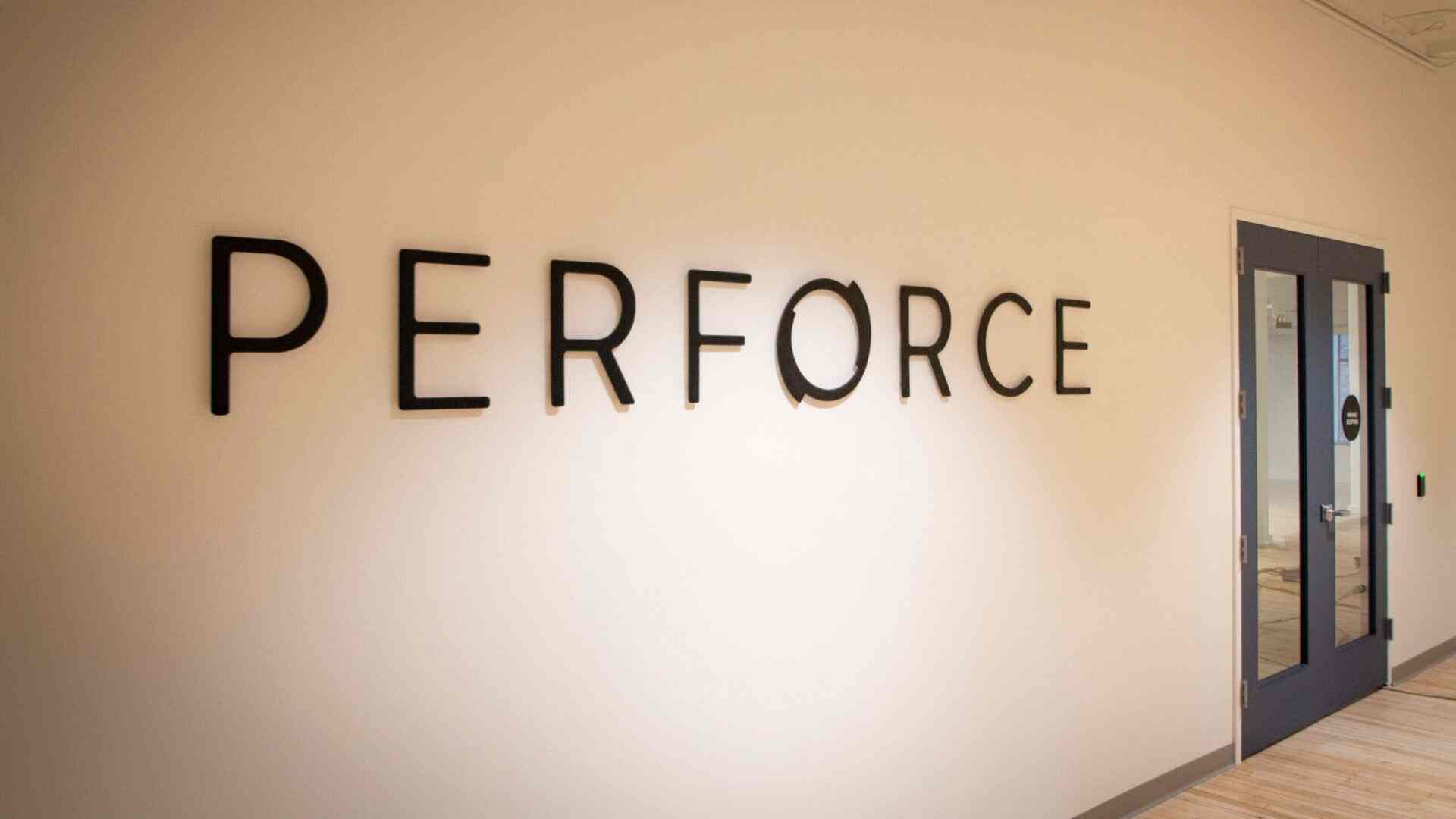Contractors need a lot of signs. Some are obvious: signs posted at job sites, on your office door, etc. Other signs, though, are less obvious but no less necessary; for example, Occupational Safety and Health Administration (OSHA) signage, Americans with Disabilities Act (ADA) compliance, and wayfinding signs.
Signs During Construction
We know construction is a job that comes with inherent physical risks. Per the U.S. Bureau of Labor Statistics, construction and extraction jobs had the second-highest rate of occupational deaths in 2021.
One way to mitigate these types of dangers is by applying OSHA standards regarding the creation and placement of health and safety signs. Jobsites lacking these types of signs can place employees at greater risk for injury or death, and it can put an employer in legal trouble.
If you don’t have time to navigate OSHA or ADA regulations, SOULO can create signs that are OSHA/ADA compliant and that support and reflect your company brand. This can include permit or job boards, directional signs, warning or danger signs—anything you need to keep your jobsite safe and compliant.
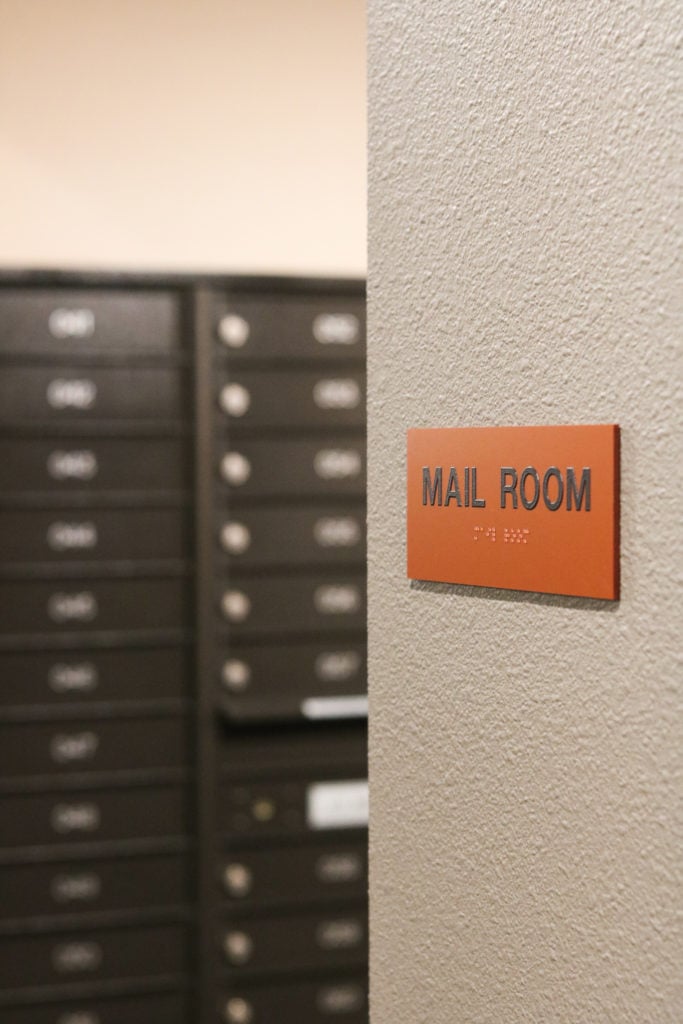
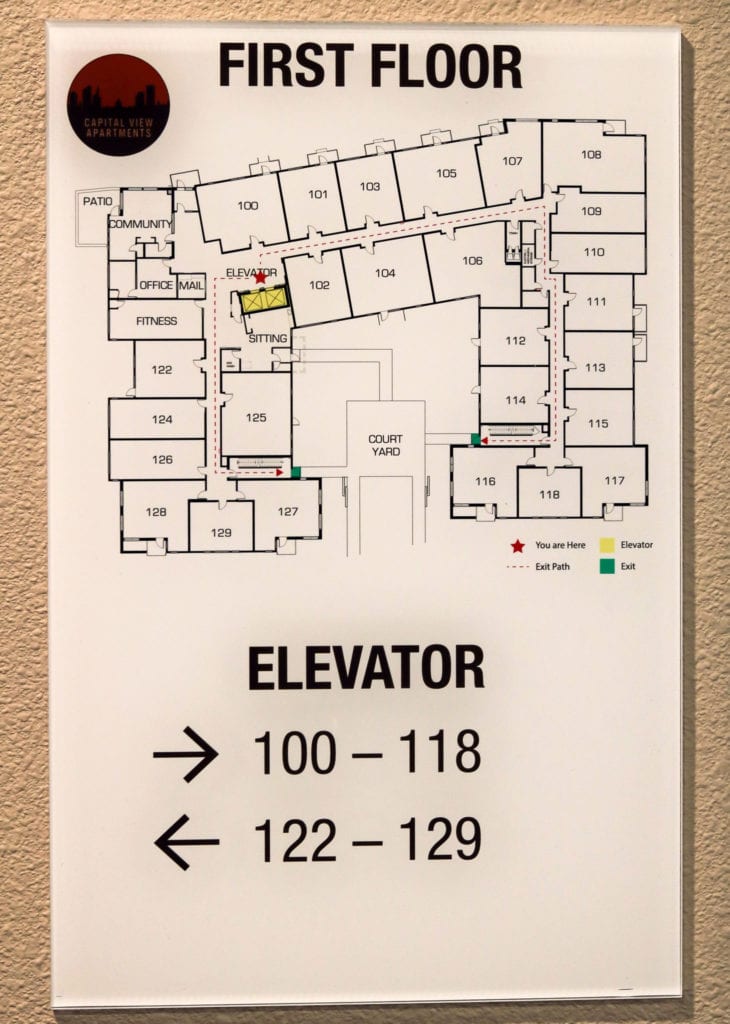
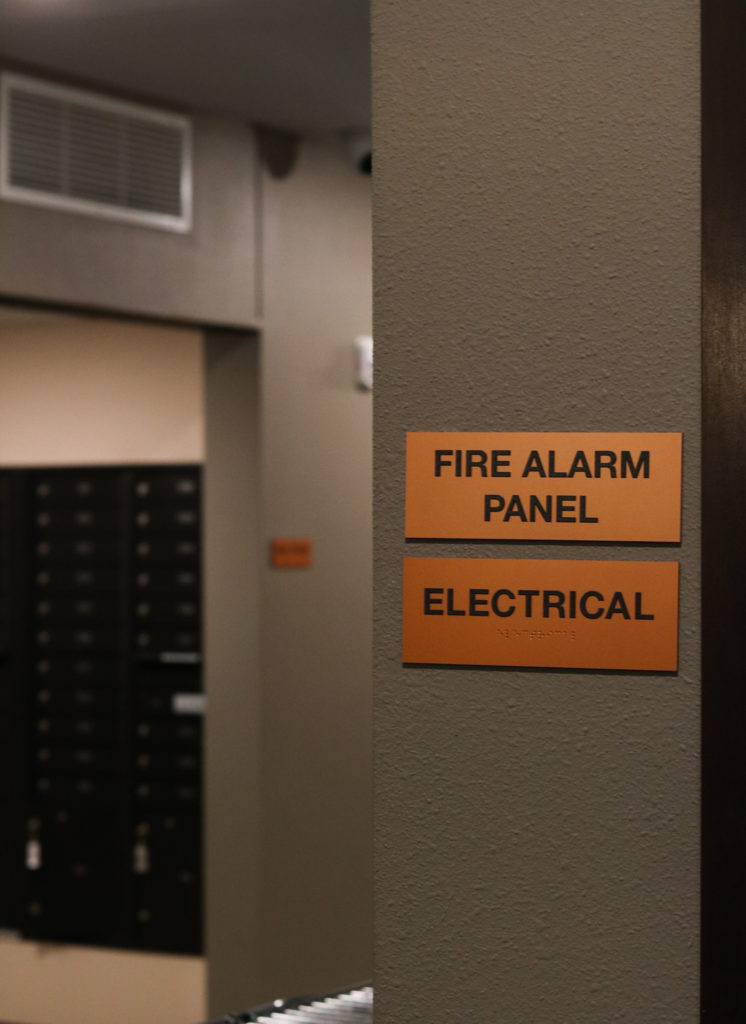
Interior Signs
The Americans with Disabilities Act is a civil rights law that prohibits discrimination based on disability. With up to one in four American adults living with some type of disability, the signage standards the ADA creates help us all successfully traverse public spaces.
One of the ADA’s requirements is that essentially all permanent rooms or spaces in public buildings be marked with an identifying sign that meets ADA regulations. Those regulations include things like the height and location of the sign, as well as the use of braille where essential (like restroom signs) for the visually impaired.
Setting aside the specifics of the law, the goal is simple: to create a building that is accessible, welcoming, and usable to as many people as it is reasonably possible to accommodate.
That’s where SOULO comes in. We understand the requirements for your building’s interior signs, whether that’s naming individual rooms or areas, directional signs, or informational signs. We’ll help you identify the types of signs you need and what requirements they must meet. Then we will design, create, and install them in a way that keeps you ADA compliant.
Yes, it’s the law, but more important, it’s the right thing to do.
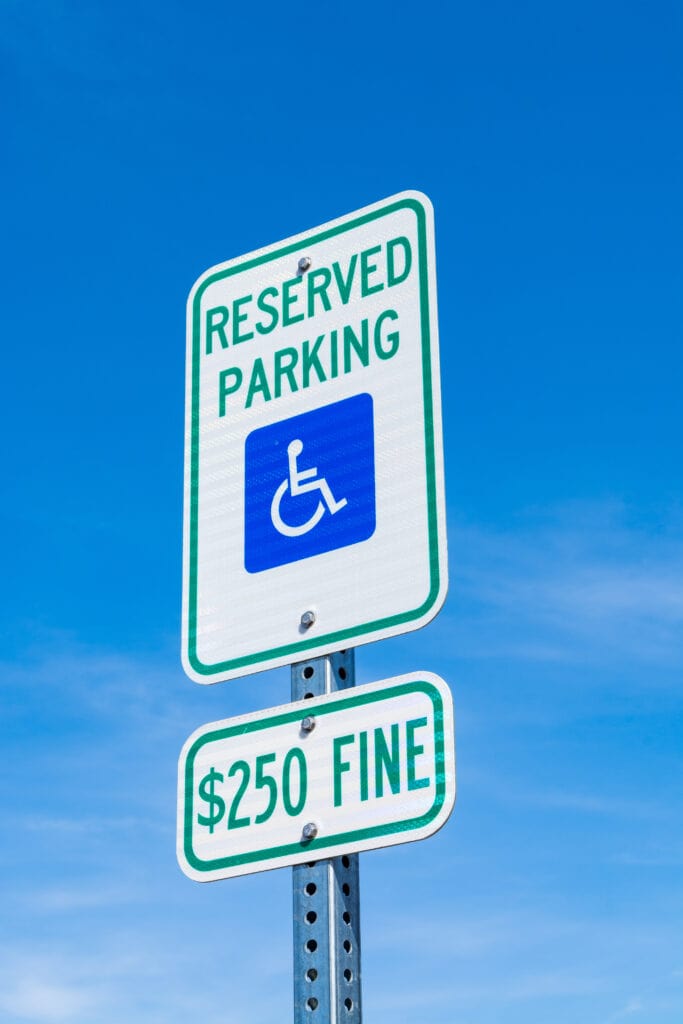
Exterior Signs
ADA requirements don’t stop at the front door of a building. They also extend to the garage or parking lot for your building.
Directional and informational signs are important here, as well: if your lot or garage is constructed for one-way or two-way traffic, proper signage can make a huge difference. Drivers need to know what direction they can safely proceed.
Marked parking spaces matter, too, whether that be for ADA-compliant Accessible Parking signs or reserved parking signs for, say, employee of the month.
This is one area that can get a little ugly, as there are some lawyers who prey on small businesses by threatening or filing lawsuits under the ADA for even the most minimal of infraction. The purpose of these suits is really to extort money from mom-and-pop storefronts, rather than improving accessibility for anyone.
SOULO can help ensure that your business’ signs are ADA compliant, and we help protect you from this type of predatory lawsuit. We will design and install all your building’s signage in a way that not only meets the law, but also matches the building’s architectural style and branding. Signs can be a natural part of the building and inform and assist the people who use the building every day, regardless of their abilities.
SOULO is a full-service marketing and communications agency that helps client partners get the most from their projects through signage, printing, and digital marketing. Ready to get started? Contact us today!
